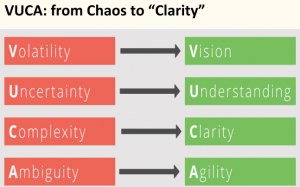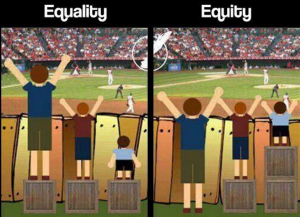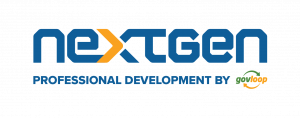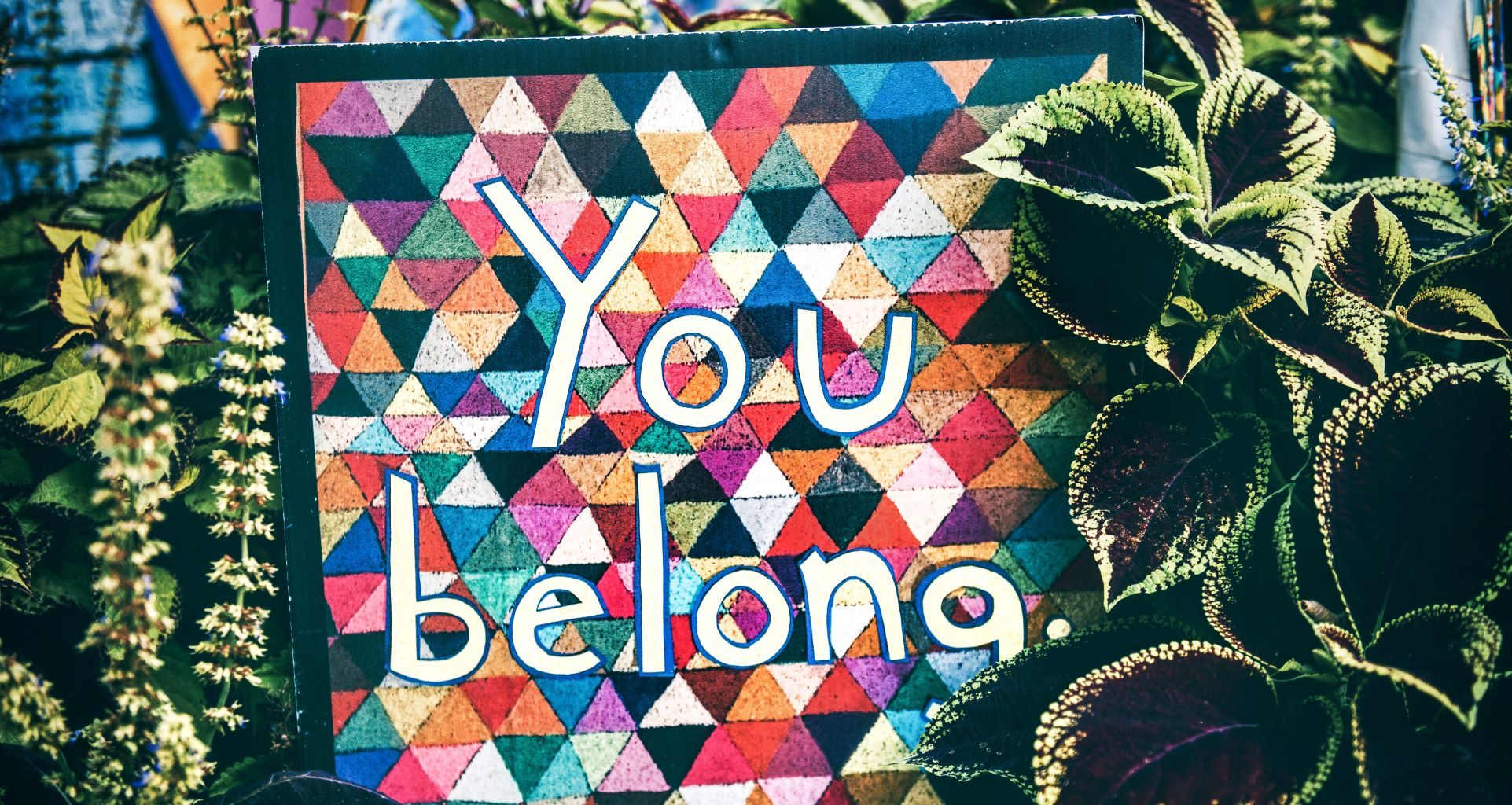Last year’s executive order on diversity, equity and inclusion in federal agencies built on a history of efforts at nondiscrimination. But sometimes those efforts get bogged down, said Ty Smith, Director of Partnership for the Common Mission Project, during Wednesday’s NextGen online training.
“We have the conversation, we talk about having the conversation, but we never really do anything about it,” said Smith. He shared his insights about DEI as a process of learning and growth, for both individuals and for organizations. What follows are his recommendations for turning the passive into the active — wherever you are in your career.
Develop a Growth Mindset
“We are all in an environment of VUCA: Volatility, Uncertainty, Complexity, Anxiety. Turn it into a new VUCA: Vision, Understanding, Clarity, Agility,” Smith advised.

Rather than relying on what you already know and the way you’ve always done things, Smith recommended opening yourself to change by developing a “growth mindset.”
Four ways to develop a growth mindset:
- Adopt a beginner’s attitude. Don’t rest on what you think you know.
- Don’t paralyze yourself thinking about it… Do something!
- Begin by taking small steps.
- Don’t expect your reinvention to be a straight line.

Become an Ally
Even if you’re not in a position to mandate change, you can be an ally for it and influence those around you.
Smith defined an ally as: Any person who actively promotes and aspires to advance the culture of inclusion through intentional, positive and conscious efforts that benefit people as a whole.
There are five steps to becoming an ally, according to Smith.
- Recognize your privilege. Understand privilege as access. Does everybody have the same access?
- Listen with intention. Know when, where, and how to listen. Allow yourself the capacity to hear others as they are, not just the way you expect them to be.
- Speak up, not over. Be willing to educate others. Keep an attitude of curiosity. Ask open-ended questions.
- Be prepared to make mistakes. They will happen, but they are opportunities to learn.
- Live in the verb. Action is more important than talk.
Understand That Diversity Is Complex
Diversity is made up of multiple levels, Smith said: internal, external, and organizational. “Internal dimensions are things you can see, in what I say or how I show up. But then there are externals. I’m a father, I’m a Protestant, I have a master’s degree. And then there are organizational dimensions — how do I show up in my organization? What’s my task? They’re all in play at the same time.”
Create an Environment of Psychological Safety
When employees feel able to bring their whole selves to work without being judged, diversity can flourish, improving productivity, increasing innovation, and saving the organization money, Smith said. “Celebrating, valuing, and respecting others’ diversity will lead to psychological safety within work teams, fostering a more positive, open-minded, and better-performing workplace.”
This online training brought to you by:







Leave a Reply
You must be logged in to post a comment.